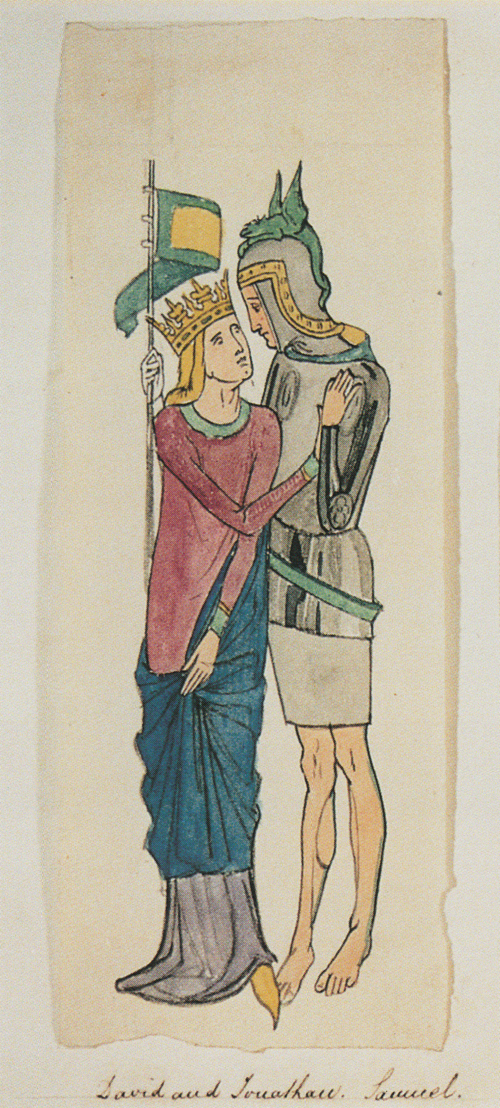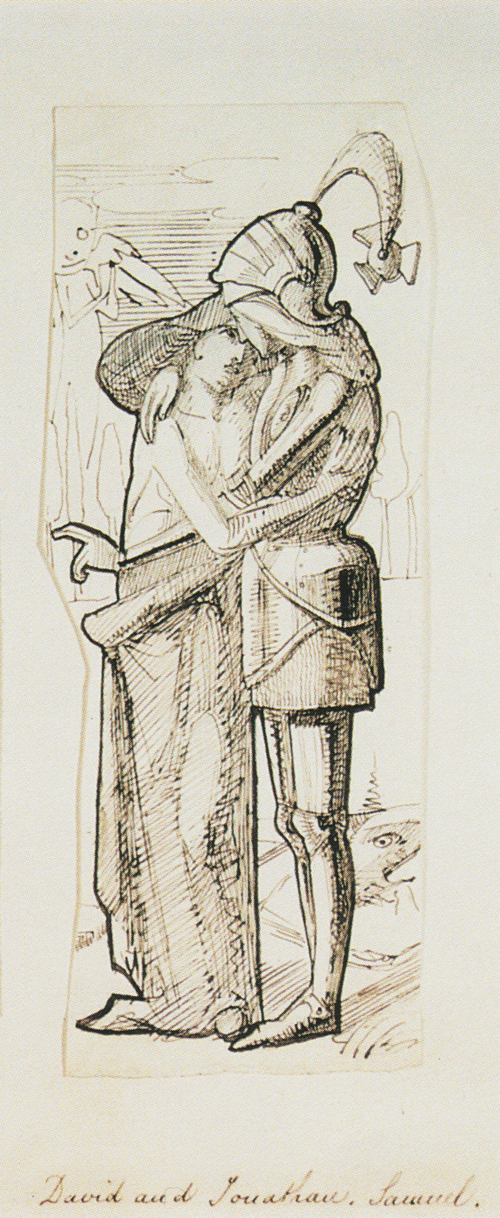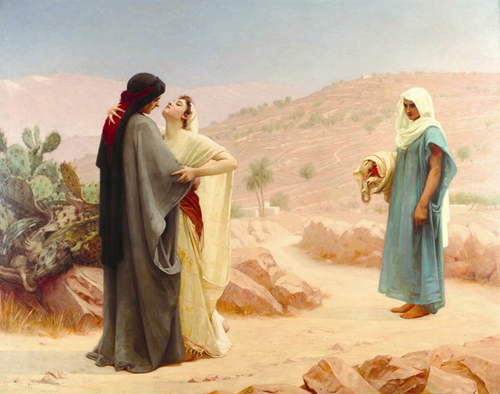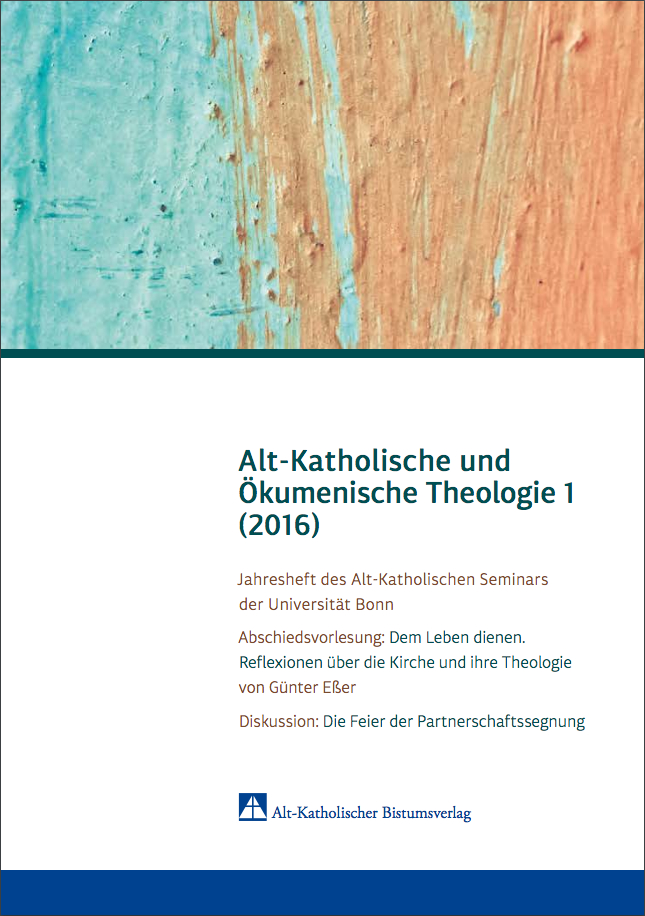Abstract:
(1) In the biblical contexts both of 1 Sam 18:1-4 and of Ruth 1:14-17 we do not find pure partner relationships but multiple relationships. This suggests an understanding of marriage and wedding that differs from our present-day notions. (2) In the first encounter between David and Jonathan in 1 Sam 18:1-4 – the reading for a male couple – Jonathan pledges life partnership to David (a name that means nothing but "the beloved"). Simultaneously with Jonathan's repeated expressions of affection for David, King Saul takes this beautiful young man, victorious in battle, home and does not allow him to return to his fatherʼs house. This is why David might be compared to a newly married bride who moves into the household of her spouse. (3) The telling names sustain a queer interpretation of the reading Ruth 1:14-17 for a female couple: From both a biblical and a present-day perspective it cannot be ruled out that the relationship between Ruth, "the girlfriend", and Naomi, "the sweetheart", is understood as erotically motivated: besides clinging to her mother-in-law in Ruth 1:14, Ruth swears lifelong fidelity to Naomi in Ruth 1:16-17. Parallel formulations in the Book of Ruth and the second creation account suggest a quasi-marital relationship between Ruth and Naomi from a queer perspective.
Acquisition of the paperback edition from Alt-Katholischer Bistumsverlag via email to buchhaltung.ordinariat@alt-katholisch.de.
I gave a lecture on "Readings for Blessing Ceremonies of Same-Sex Couples Queerly Interpreted: Jonathan's Pledge of a Life Partnership Towards David (1 Sam 18:1-4) and Ruth's Vow to Be Faithful to Naomi (Ruth 1:14-17)" at the first joint International Conference of the Associations of Gender Studies from Germany, Switzerland and Austria "Present Challenges of Gender Studies" on September 29, 2017 in Cologne.
Figures 1 and 2: the oath of love between David and Jonathan (1 Sam 20:17)

Simeon Solomon, David and Jonathan, 1854-1855, The Jewish Museum, London.

Simeon Solomon, David and Jonathan, 1854-1855, The Jewish Museum, London.
Figure 3: the farewell scene between Naomi and her daughters-in-law Ruth and Orpah or Ruth's vow to be faithful to Naomi (Ruth 1:14-17)

Philip Hermogenes Calderon, Ruth and Naomi, 1886, Walker Art Gallery, Liverpool.
Abstract: Queer Interpretations of the Commandments of Love in Leviticus
Abstract: Jewish Legal Interpretations of Female Homoeroticism
Abstract: King Davidʼs Exposure while Dancing: A Queer Reading of 2 Samuel 6
Abstract: Queer Appropriations of David and Goliath: Artistic Self-portraits as Defeated Pederasts
Abstract: A Queer Reading of Qohelet 4,9-12
Abstract: Queer Readings of the Song of Songs
Abstract: A Queer Reading of Joseph
Abstract: Queer Readings of the Hebrew Bible. The Book of Ruth and the Creation Accounts

